El Jason
Well-known member
Is not an easy one. My Beretta AL 391 has seen some tough love for sure, from the duck marshes to the basalt cliffs of Hell's Canyon.
I took a few hard tumbles this year and decided that it was time to shed the ugly factory varnish.
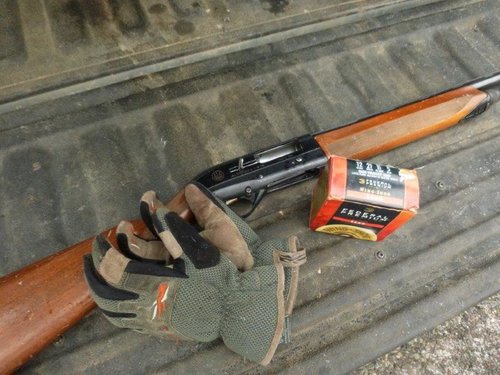
A few coats of Citristrip and we were down to this.
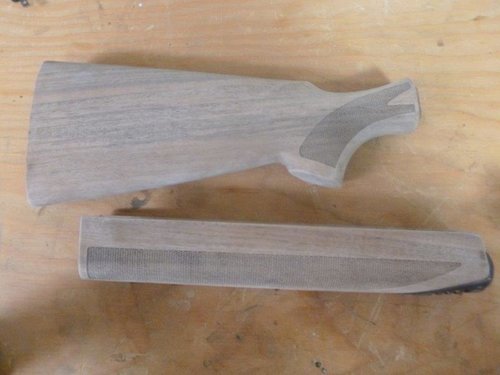
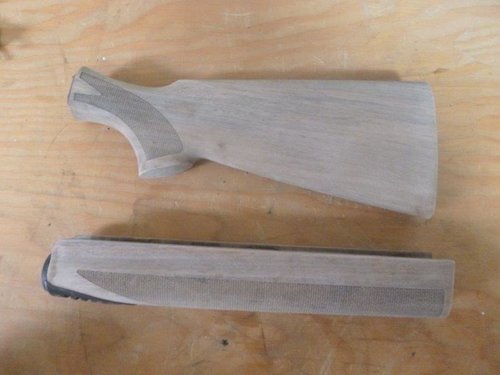
A couple of coats of oil and the checkering has been recut.
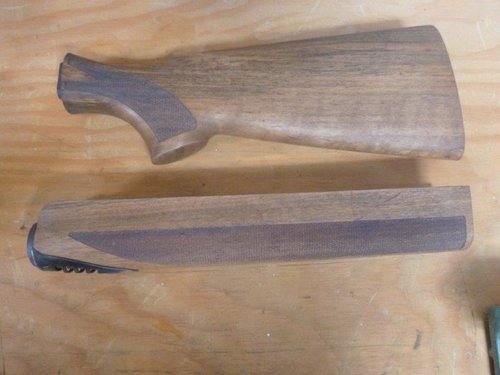
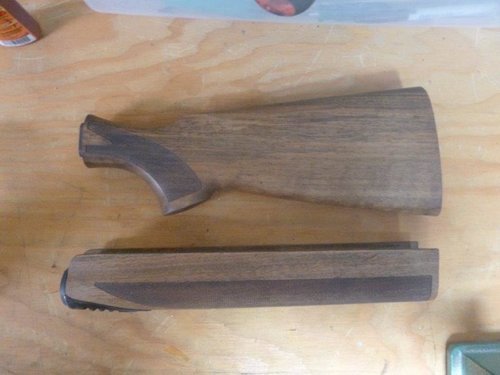
After a few more sandings.
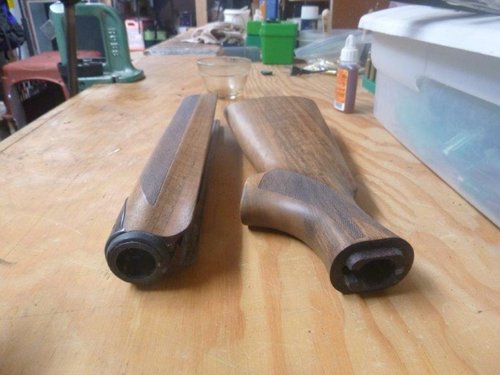
The final product.
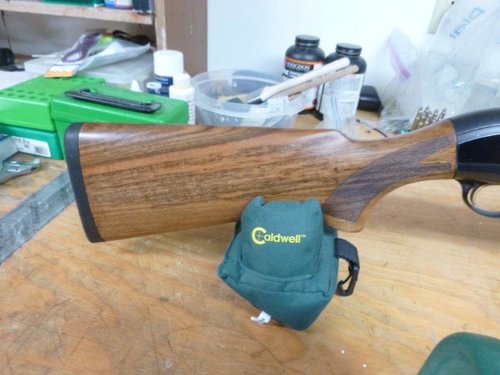
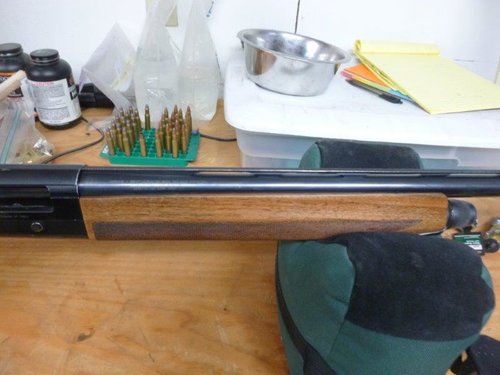
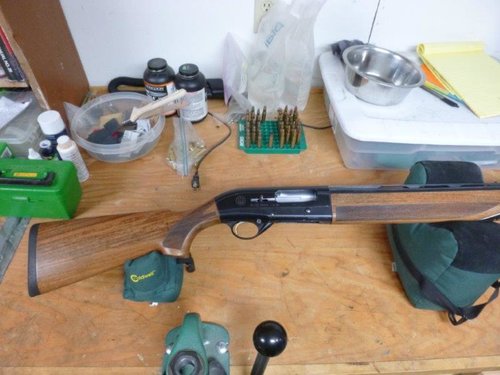
I took a few hard tumbles this year and decided that it was time to shed the ugly factory varnish.

A few coats of Citristrip and we were down to this.


A couple of coats of oil and the checkering has been recut.


After a few more sandings.

The final product.



Last edited by a moderator:




